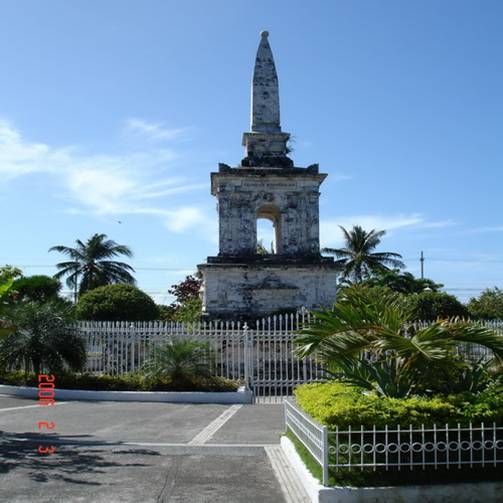
The Philippine city Cebu established a sister-city relation with Xiamen on October 26, 1984.

The city shares its name with the island on which it is located, Cebu Island, and the province of which it is the capital. As the second-largest city in the Philippines, Cebu covers an area of 340 square kilometers and is home to 1.9 million people.
Cebu's climate is temperate and the annual average temperature is 26.5 degrees Celsius.
Aside from Manila, the nation's capital, Cebu is the largest economic center in the Philippines. It contains many rapidly-developing factories catering to the coconut oil, tobacco, sugar, ceramics and beverage industries.
Tourism also accounts for much of the region's economy. Cebu Island is abundant in natural resources, which attracts approximately 400,000 domestic and overseas tourists every year.
Major transportation networks run through the city, which acts as the center of shipping and air freight in the Visayas. Over 300 domestic and international flights operate from the city's Mactan International Airport, including non-stop services to countries such as Singapore and Japan.
Cebu port, located in the northwest of the city, is the second largest port in the Philippines. Serving over 20 sea routes, the port handles 80 percent of the country's domestic shipping and connects over 40 ports.
Approximately 100,000 overseas Chinese and Chinese Filipinos live in the city. They are mainly engaged in fields related to commercial trade, accommodation, catering, finance and processing, taking up 50 to 60 percent of local aggregate economic volume.
China has launched a new pilot program to allow eligible enterprises greater access to overseas financing in support of green and low-carbon transformation projects, the country's foreign exchange regulator said on Aug 21.
To further streamline the experience, China is expanding tax refund stores, broadening the range of refundable goods, and refining refund procedures, ensuring an efficient and seamless shopping experience for global visitors.